A Foodie’s Guide to Different Types of Noodles
Nothing can beat a bowl of spicy noodles on a lazy Sunday afternoon. Whether you plan to soup it up, tangle it up in a cool salad or wrap it in a spring roll, you can use a variety of ways to prepare this versatile food item. Though we love relishing noodles, do you know that there is an extensive variety of noodles that you can store up in your kitchen? Even the length of the noodles has significance as it symbolizes long life in Chinese tradition.
If you are a noodle lover and enjoy savouring fresh noodles, here’s a guide to the 11 different types of noodles in India you can stock up on or make in your kitchen. But before we start, let’s discuss the effective ways to store and cook noodles.
Storing the Noodles
Dried noodles sold in supermarkets can be stored in a cool and dry place. However, even dried noodles can go bad after a few months. Chinese egg or rice noodles, which are also known as fresh noodles, should be kept in the refrigerator only for a few days or weeks. The packing of fresh noodles should also be kept intact. Fresh noodles, however, taste great when you make them on the same day rather than storing them.
Cooking the Noodles
Similar to pasta, ensure that you don’t overcook noodles. Depending on the type and thickness of the noodles, it just takes 3-5 minutes to cook noodles. Dried noodles, however, may take a little longer to cook. If you are preparing partially cooked noodles such as chowmein, all you need to do is re-heat the noodles. Rice noodles take the least amount of time to cook.
Top 11 Different Types of Noodles
Read below to find out the top 11 different types of noodles that you can prepare fresh and hygienically. Moreover, you can also customize the ingredients depending on your taste and preferences.
1. Egg Noodles
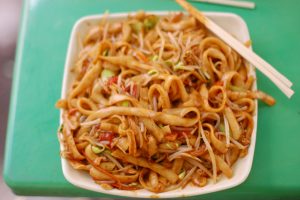
A common type of noodles used in Asian cuisines, egg noodles or E-fu noodles is made with eggs, wheat, and water. Available in a variety of shapes- thick, thin, fresh, dried, flat, or round, egg noodles are perfect for use in a wide variety of dishes such as soups, salads, and main courses. Egg noodles don’t take much time to cook and all you need to do is boil the noodles before cooking.
2. Soba Noodles
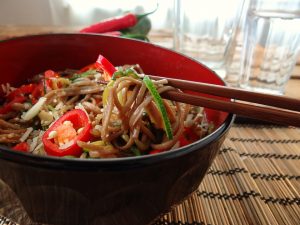
The straight and brown-colored Japanese noodles are mostly made from buckwheat and are full of protein and fibre. These noodles are traditionally eaten during New Year to symbolize longevity. These noodles are either stir-fried or cooked in a soup. The noodles have a nutty flavour and taste delicious when used in soups, and cold broth, or can also be used with a dipping sauce.
3. Ramen Noodles
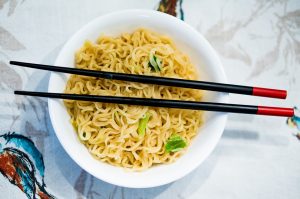
Made of wheat flour, salt, and water, the long and curly noodles are made from wheat and egg. The noodles are dried in the form of a brick. Ensure that you keep the ramen noodles refrigerated until you cook them. The ease of preparing ramen noodles within minutes by just boiling makes it an ideal on-the-go meal. These noodles can either be relished in soups or eaten raw with salads.
4. Rice Stick Noodles
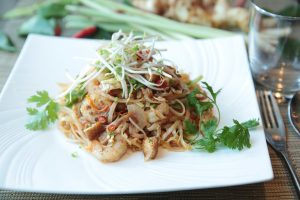
The dried rice noodles are one of the main ingredients for cooking pad Thai. Though these noodles are thin, rice stick noodles come in a variety of widths. The rice stick noodles become elastic and strong after cooking, which makes them ideal for stir fry. The noodles need to be soaked in boiling water for 25-30 minutes until they get soft before cooking.
5. Udon Noodles
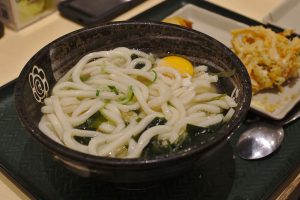
The fat and white Japanese udon noodles are made of wheat flour. Available in a variety of shapes and thicknesses, the noodles are cooked in boiling water before cooking. You can use instant, dried, pre-cooked, or shrink-wrapped options depending on your preference. Freshly prepared udon noodles, however, taste better and are mostly used in soups.
6. Shirataki Noodles
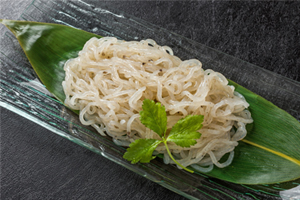
Shirataki Noodles have a rubbery texture. These semi-translucent noodles are known for their immense health benefits. At this age, when people are after a calorie deficit diet, shirataki noodles can be the right choice for you. It has zero-calorie in it and that makes it a really healthy option for all noodle lovers. These skinny noodles are based on the konjac yam plant.
7. Somen Noodles
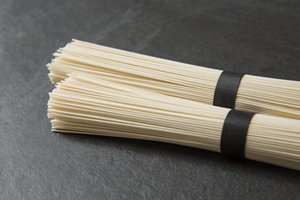
Somen Noodles are another type of noodles that are made of wheat flour. These noodles are the thinnest of all Japanese dried noodles and are about 1 mm in diameter. Usually, noodles are served as a hot and warm dish, Somen noodles, on the contrary, are served cold. These Japanese noodles usually look like vermicelli noodles. Their light color texture makes them easily distinguishable from any other noodles.
8. Harusame Noodles
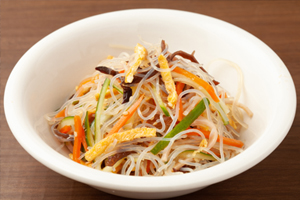
If you have a fetish for enjoying longer noodles, then Harusame noodles are just for you. Imagine, enjoying that warm bowl of long never-ending noodles that are almost as thin as hair. Also known as glass noodles, these Japanese noodles can be longer up to seven inches. As the name goes, it is obvious that these noodles have a transparent look and are either straight or coiled in bundles.
9. Tokoroten Noodles
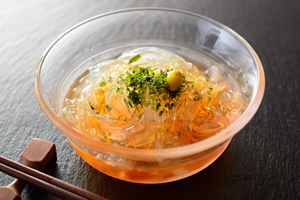
Noodles are sweet in taste? Yes, you read that right. Well, that may sound a little weird to you, but this is a fact. Tokoroten noodles are usually served cold, and that too is a Japanese sweet dish. These noodles are made mostly of boiled tengusa seaweed water.
10. Hiyamugi Noodles
Himayugi Noodles look somewhat like the Somen noodles. But unlike Somen Noodles, Himayugi noodles are served warm and hot. You can boil it and add your favorite vegetables, season it according to your taste buds and it’s ready to be served as a proper meal. Himayugi noodles are made with flour, salt, and water and have a thicker body than Somen Noodles.
11. Ho Fun Noodles
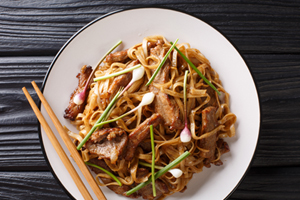
Ho Fun Noodles are served hot. One can either boil them or fry them as per their taste buds. Ho Fun Noodles vary in width, you can enjoy wider flat noodles as well as thinner noodles too, at the same time. Sounds fun, right? It is fun. Ho Fun Noodles are best prepared with soy sauce. But there is always an option for you to add your own favorite seasoning and spices as per your taste buds. Ho Fun Noodles is a good option for a proper wholesome meal.
Get Noodlezoned!
Those were only a few varieties of noodles available in the stores. The guide will help you pick up the different varieties of noodles in the market without any confusion. If you are health conscious and don’t prefer eating noodles ready-made noodles, you can always prepare fresh and hygienic noodles at home with the help of a Noodle and Pasta Maker. In addition to being healthy, you also have the option to customize the ingredients depending on your taste and preferences.
You May Also Like Reading: Make Healthy Snacks At Home with Kent Noodles & Pasta Maker




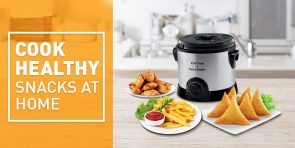

very clear and good article easy to understand. Thank you